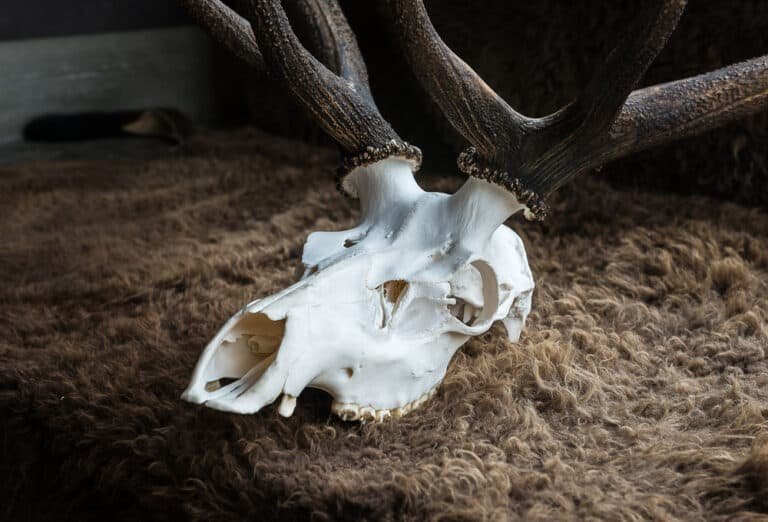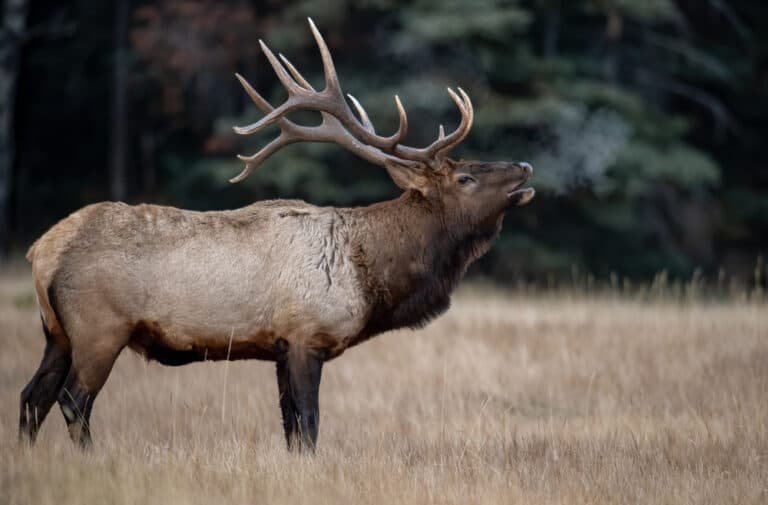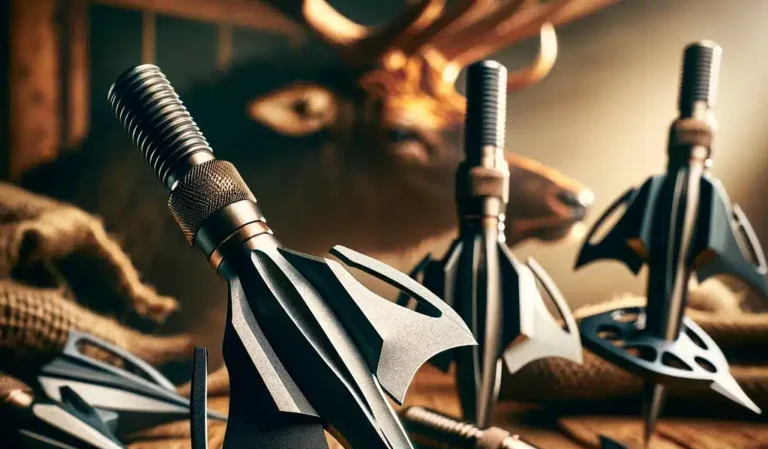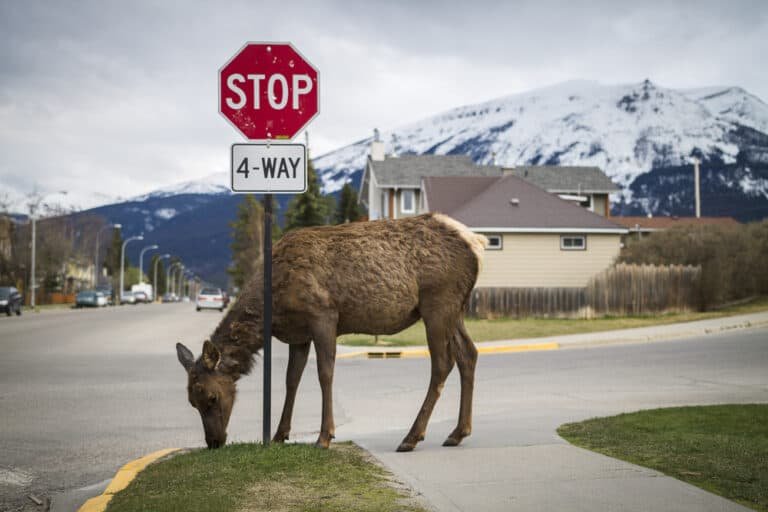Utah Elk Hunting: 7 Powerful Tips to See More Elk
When it comes to Utah elk hunting , few places can match the breathtaking beauty and abundance of opportunities. Nestled in the heart of the Rocky Mountains, this western state boasts a vast and diverse landscape that ranges from expansive valleys to rugged mountains. Within these varied terrains, one can find a thriving population of elk, one of North America’s most sought-after big game species.
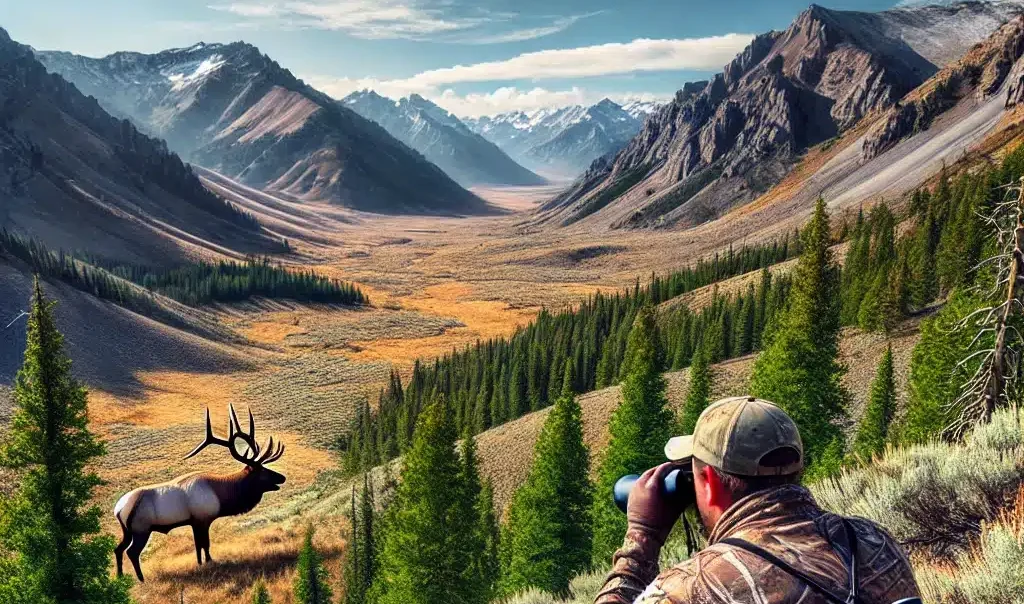
Looking to hunt elk in Utah? You’re about to discover why Utah offers some of the best elk hunting opportunities in the West. As a hunting guide with 15 years of experience in Utah’s mountains, I’ll walk you through everything you need to know for a successful hunt.
Why Hunt Elk in Utah?
Utah stands out for several reasons:
- Home to some of the largest bull elk in North America
- Diverse terrain from high alpine to desert canyons
- Well-managed herds with trophy potential
- Multiple hunting seasons and weapon choices
- Accessible public land opportunities
After guiding elk hunts across the Western U.S., I can confidently say Utah’s combination of trophy potential and accessibility is hard to beat. Last season alone, we had three clients take bulls over 350 inches.
Understanding Utah’s Elk Population
- Estimated 80,000+ elk statewide
- Growing population in most units
- Healthy bull-to-cow ratios
- Strategic management for trophy potential
Premium Limited Entry Units
San Juan
- Known for: 370″+ bulls
- Success rate: 85%+
- Draw odds: < 1%
Henry Mountains
- Known for: Genetics
- Success rate: 90%+
- Draw odds: < 0.5%
Book Cliffs
- Known for: Numbers
- Success rate: 75%+
- Draw odds: 2-3%
General Season Options
- Wasatch Mountains
- Accessible from Salt Lake City
- High elk density
- Good public access
- Manti
- Large unit
- Diverse terrain
- Strong numbers
Getting Your Utah Elk Tag

Application Process
- Create a Utah DWR account
- Apply during the application period (typically February)
- Choose hunt preferences
- Pay fees and wait for results
License Types Available
- Limited Entry ($800 resident/$2,200 non-resident)
- General Season ($50 resident/$393 non-resident)
- Multi-Season ($150 resident/$700 non-resident)
- Youth ($50 resident/$393 non-resident)
Pro Tip: Don’t overlook general season tags. While limited entry units get the attention, I’ve guided clients to 340″+ bulls on general season units by knowing where to look.
When to Hunt Utah Elk
Archery Season (Mid-August to Mid-September)
- Peak rut activity
- Vocal bulls
- Warm weather
- Best calling opportunities
Muzzleloader Season (Late September)
- Post-rut patterns
- Cooling temperatures
- Bulls regrouping
Rifle Season (October)
- Established patterns
- Cooler weather
- Snow possible
- Concentrated herds
Essential Utah Elk Strategies
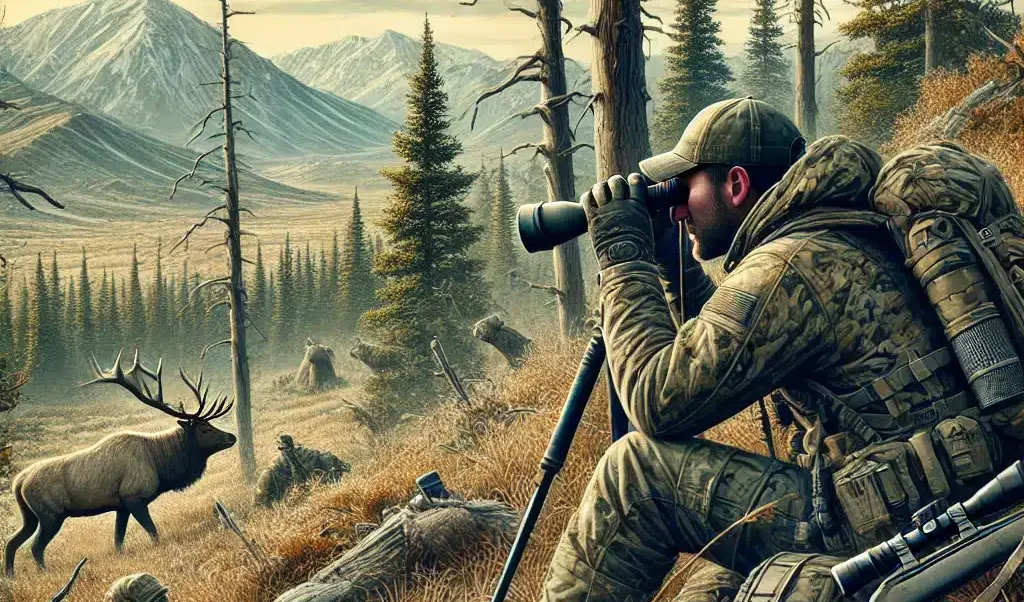
High Country Tactics
- Glass basins at first light
- Watch thermal patterns
- Focus on north-facing timber
- Use terrain features
Desert Unit Approach
- Find water sources
- Glass open country
- Pattern movement between feed/bed
- Watch weather fronts
Utah’s diverse terrain requires different approaches. What works in the high Uintas won’t work in the Book Cliffs. Adapt your strategy to your unit.
Utah-Specific Gear Requirements
Essential Gear List
- Quality boots (1000g insulation minimum)
- Layered clothing system
- High-quality optics
- Emergency shelter
- Navigation tools
- Water filtration
- Game bags
Unit-Specific Considerations
- High country: Extra layers, oxygen
- Desert units: Water capacity, sun protection
- General gear: Calls, shooting sticks
Field Care and Extraction

Quick Response Required
- Temperatures can reach 80°+ in the early seasons
- Have a plan before pulling the trigger
- Know the nearest processor/cooler
- Bring plenty of game bags
Extraction Methods
- Pack out
- Quarter method
- Bone-out method
- Team approach
- Vehicle access
- Know regulations
- Have permits
- Understand restrictions
Success Tips from Utah Guides
- Pre-Season Scouting
- Start 3 months before
- Document water sources
- Pattern movement
- Mark access points
- Physical Preparation
- Train with a weighted pack
- Practice shooting uphill/downhill
- Cardio at elevation
- Mental preparation
- Hunt Strategy
- Hunt dark to dark
- Stay mobile
- Follow migrations
- Watch weather
Pro Tip: The biggest mistake I see Utah elk hunters make is not spending enough time scouting. The ones who put in the pre-season work consistently fill tags.
Planning Your Utah Elk Hunt

Timeline
12 months out
- Research units
- Start application process
- Begin physical training
6 months out
- Secure lodging/camping
- Arrange transportation
- Start scouting trips
3 months out
- Intensify scouting
- Practice shooting
- Plan extraction
Budget Considerations
- Tag fees: $50-2,200
- Travel: $500-1,000
- Gear: $1,000-3,000
- Guide (optional): $5,000-12,000
Final Thoughts on Utah Elk Hunting
Utah elk hunting offers incredible opportunities for trophy hunters and those seeking a quality hunting experience. Success comes to those who:
- Do their homework
- Put in the scouting time
- Stay physically prepared
- Remain adaptable
- Hunt smart, not just hard

